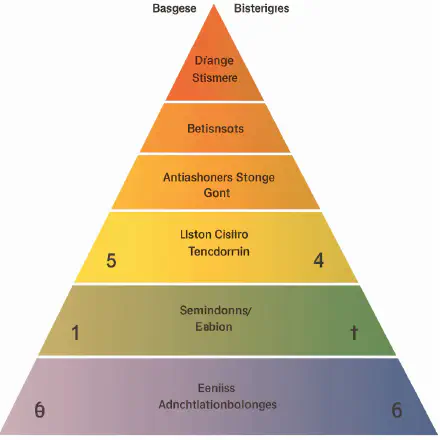
Organizational performance is a crucial element of any business. The key to success lies in the ability to consistently achieve and exceed performance goals. Here are five effective strategies to improve organizational performance:
1. Clearly Define Goals and Expectations
To improve organizational performance, it’s essential to set clear goals and expectations. This means defining what success looks like for the company, team, and individual employees. By having defined and measurable goals, everyone in the organization will understand what they are working towards, and what is expected of them. Clear goals and expectations will also help to align individual efforts with the overall objectives of the company.
2. Foster a Culture of Continuous Improvement
Organizations that promote continuous improvement are better equipped to adapt to changing market conditions and to improve their performance. Managers should encourage employees to share feedback and ideas for improvement in all aspects of the business. This could include improving internal processes, enhancing communication, and identifying areas for innovation. Teams should work collaboratively to brainstorm ideas for improvement and implement new strategies to achieve better results.
3. Invest in Employee Training and Development
One of the most significant factors in improving organizational performance is having well-trained employees. Training and development programs should be provided to all employees, regardless of their position or experience level. This will help to improve skills, boost motivation, and increase job satisfaction. Investing in employee training and development can also reduce turnover rates and improve overall productivity.
4. Establish Clear Communication Channels
Effective communication is essential to improve organizational performance. Organizations should establish clear communication channels for employees to share ideas, report issues, and receive feedback. This could include regular team meetings, performance evaluations, and anonymous suggestion boxes. When communication is clear and open, employees will feel valued and engaged, which will lead to better performance and improved retention rates.
5. Leverage Technology to Streamline Processes
Technology has the potential to significantly improve organizational performance by automating processes, reducing costs, and increasing efficiency. Organizations should leverage technology to streamline workflows, reduce manual tasks, and enhance data management. Automation can help to reduce errors and improve accuracy, resulting in better productivity and higher performance levels.
Improving organizational performance requires a comprehensive strategy that includes aligning goals and expectations, fostering a culture of continuous improvement, investing in employee training and development, establishing clear communication channels, and leveraging technology to streamline processes. By implementing these strategies, organizations can improve their overall performance, increase employee satisfaction, and achieve long-term success.



